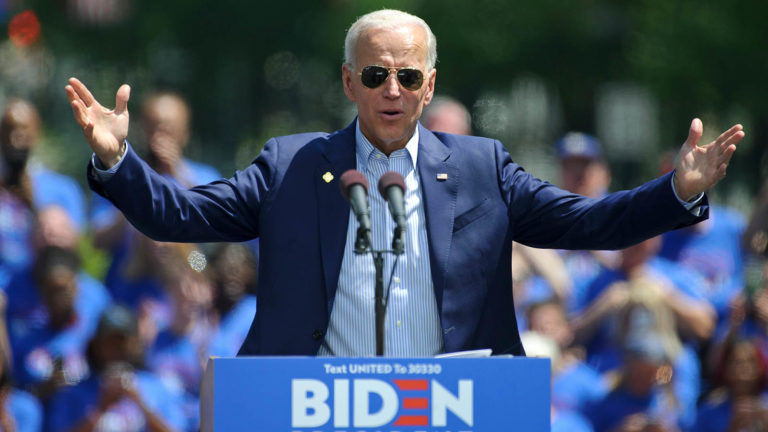As of President Joe Biden’s announcement today, student loan forgiveness is here.
In a speech earlier on Wednesday, Biden announced his three-part student debt plan. The first part was news that the student loan payment freeze will be extended one last time, through Dec. 31.
Then, the plan dives into student loan forgiveness. Americans can qualify for $10,000 in student loan forgiveness if their loan is held by the Department of Education, and if they make $125,000 or less per year, or $250,000 or less as a household. The number jumps up to $20,000 if they are Pell grant recipients.
Biden has hinted at a loan forgiveness plan since his campaign first started. With today’s announcement, he is following through with his pledges, but not everyone’s happy.
What are the expected economic impacts of the loan forgiveness program?
Student Loan Forgiveness Program Sparks Inflation Debate
In some sense, Biden’s $10,000 and $20,000 relief offerings are a concession from previous promises. Many Democrats believe Biden should move to cancel all student loan debt for everyone in the country, something he’s mentioned in the past. On the other side of the spectrum, critics continue to make a case that the loan forgiveness program has the potential to raise inflation even beyond its historic 40-year high it reached this year.
If SoFI, a student loan refinancing company, could give its CEO a 92% raise last year paying him a grand total of $103 million in compensation and spend $625 million to put its name on the LA Rams football stadium, you know what President Biden can do? Cancel all student debt.
— Bernie Sanders (@BernieSanders) August 23, 2022
Depending on who you ask, the effect the loan relief will have on inflation ranges from mild to massive. The program is functionally a stimulus initiative. By offering borrowers the chance to cut out some loan payments, the government is essentially injecting cash into the economy. While some have already made comparisons to the pandemic stimulus checks, this time around it is a bit more nuanced. The money will trickle into the economy over the course of many years, and will vary person to person depending on the nature of their loan.
Unfortunately, the end result is strikingly similar: Free cash flow in the pockets of Americans, something that historically exacerbates inflation. Kent Smetters, head of the Penn Wharton Budget Model, believes the effect on inflation will be small, “probably one-tenth of 1 percent.” Others are less optimistic. The Committee for a Responsible Budget found that a $10,000 forgiveness per borrower would increase short-term inflation more than the recently passed Inflation Reduction Act would reduce it.
On the date of publication, Shrey Dua did not hold (either directly or indirectly) any positions in the securities mentioned in this article. The opinions expressed in this article are those of the writer, subject to the InvestorPlace.com Publishing Guidelines.

